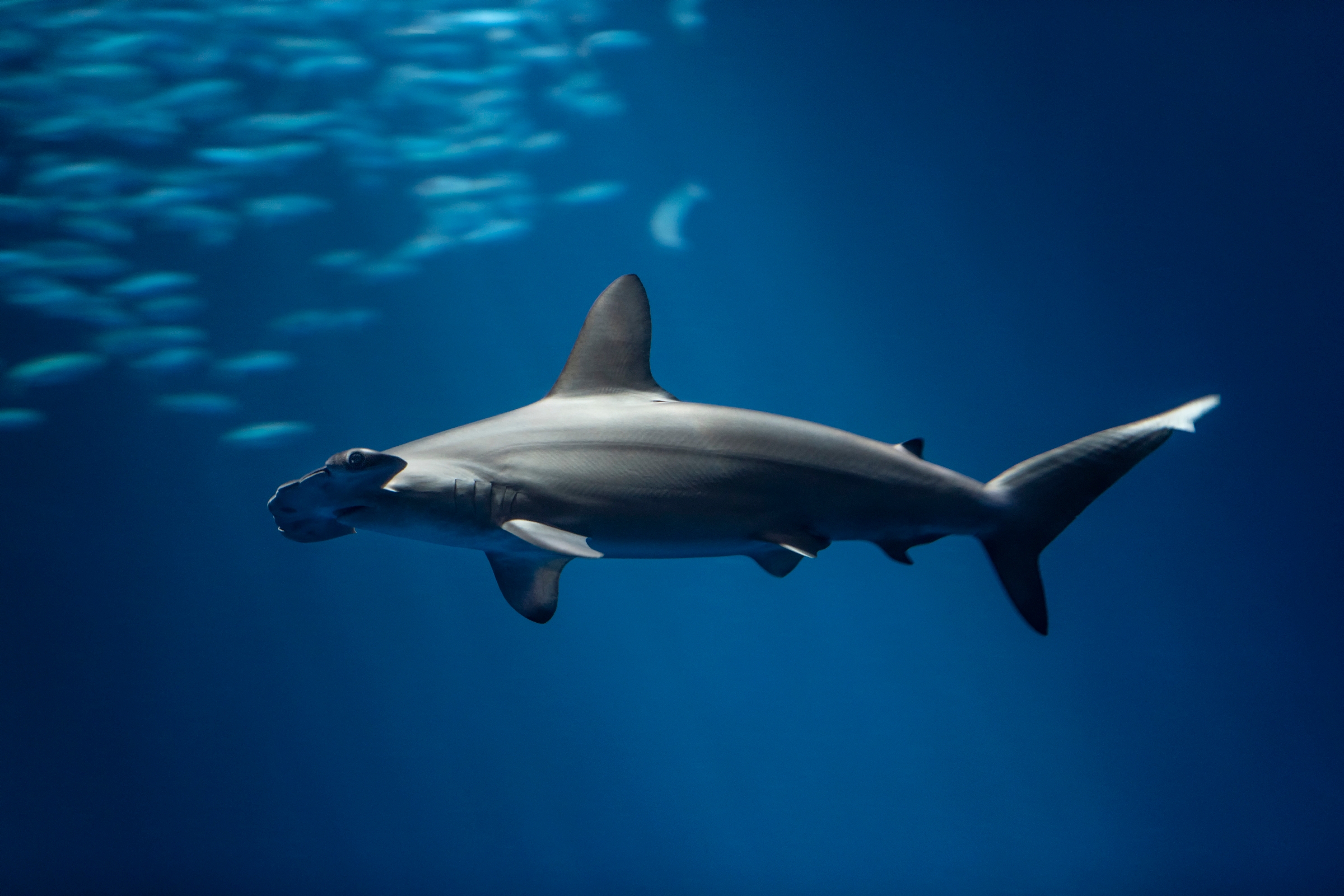

Found in the northwest corner of the Galapagos archipelago, Darwin Island is the remnants of an ancient volcano and is located 563 mi (906 km) off the western shore of Ecuador. There are dives on many of the islands, though several islands stand out as particularly excellent places to take the plunge, one of which is Darwin Island.Īs if floating through a dream world, Darwin Island is a unique dive site where you can go diving with hammerhead sharks. Paired with the splendid array of marine life, the excellent visibility makes diving here exceptional. The marine life is well protected here, so you can always expect it in abundance. It’s important to note that Hawaii’s volcanic origins and isolated geographical location make for a whirlwind of scuba diving options beyond just shark diving to explore. Looking out over the edge you can spot plenty of reef sharks, octopi, and hammerheads galore. Though it is also a drift dive, your dive operators may choose to drop anchor alongside the bowl. While idling through the water, you have a great chance to see dolphins, ahi tuna, and other large sharks.įish Bowl is slightly shallower, ranging from 50-90 ft (15-27 m). Fish Rain is a drift dive with a moderately strong current, and ranges in depth from 70-130 ft (20-40 m). The two dives sites that are particularly popular are Fish Rain and Fish Bowl. The channels that run between the islands of Maui, Lanai, and Moloka’i are ideal feeding grounds for hammerheads and other large marine life. This species seems not to be bothered by the poisonous spines of its stingray and catfish prey, and is sometimes found with stings imbedded in its buccal cavity.Scalloped hammerheads prowl the waters around Lahaina, a town on the shores of Maui. The shark uses its head to pin down stingrays and eats the ray when the ray is weak and in shock. Its diet also includes tarpon, sardines, toadfish, porgies, grunts, jacks, boxfishes, crabs, squid and other sharks. The great hammerhead takes a variety of prey, but seems especially to like stingrays and other batoids, groupers and sea catfishes. It apparently is nomadic and migratory, with some populations moving towards the poles and cooler waters during the summer months and returning towards the equator during the winter.

The great hammerhead often favors continental and insular coral reefs. This shark ranges from near the surface, in water about a meter deep to over 80 meters deep. Habitat and Biology: The great hammerhead is a coastal- pelagic and semi-oceanic tropical hammerhead occurring close inshore and well offshore, over the continental shelves, island terraces, and in passes and lagoons of coral atolls, as well as over deep water near land. The hammerhead family in general have a high mortality rate and when taken as bycatch or via catch and release, they suffer greater than 90% vessel mortality.

Conservationists believe that as of this writing, great hammerheads could be critically endangered in many areas globally. The last assessments globally were done in 2000 at which time they were considered endangered. Great hammerheads are suspected of at least >50% decline over the past 10 years. The great hammerhead have what fin traders call "high thread count" fins making it very desirable for shark fin soup. The main reason is the quality and size of their fins which is the key ingredient in shark fin soup. The oldest hammerhead recorded was thought to be around 40 years old!Īccording to the IUCN Red List of Threatened Species, great hammerheads are globally endangered. Their average lifespan is around 20 to 30 years. The heaviest specimen was recorded at 1,280 pounds, a female caught off Florida in 2006. Most specimens grow to about 11.5 feet long and weigh over 500 pounds. Although the great hammerhead can grow up to 20 feet, such sizes are seldom observed. This large shark has a very straight and square cephalofoil, the 'hammer head', compared to other hammerheads. They are light gray or gray-brown on the dorsal side, white on the ventral side and their fins lack conspicuous markings. The first dorsal fin is very high and curved the second dorsal and pelvic fins are high with deeply concave rear margins. These sharks have a flat hammer-shaped head with a notch at the center located along the front edge. The great hammerhead shark, Sphyrna mokarran, is the largest species of hammerhead shark.


 0 kommentar(er)
0 kommentar(er)
